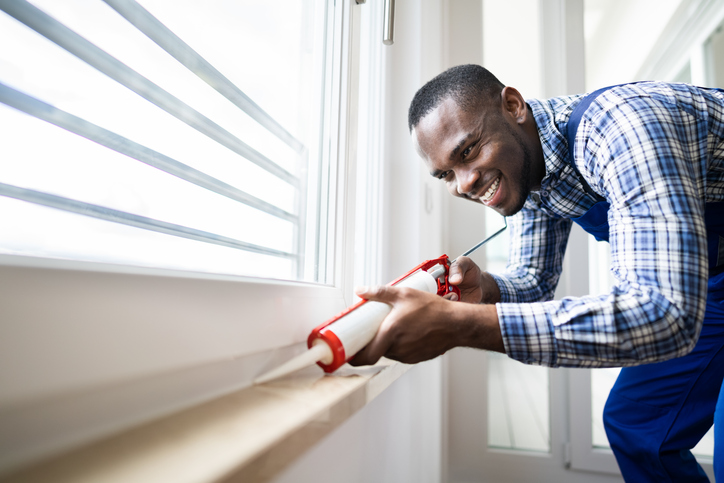As a homeowner, you may be familiar with the headache that is a cold air leak. Not only do air leaks make your home feel uncomfortable, but they can also cost you money in energy. Air leaks inside a home may account for 10-30 percent of your home's energy costs. These air leaks inside the house make the HVAC system work harder when cooling and heating the room, increasing bills and reducing the system's life. If you think you have a potential leak, the professionals at Spoor's Heating & Air Conditioning are here to help you find and repair it.
Want to find out more about how patching an air leak will cut down on your energy costs? Contact Spoor's Heating & Air Conditioning today to schedule HVAC services!

Finding The Leak
According to the Department of Energy, when you are trying to find an air leak in your home, you should first start with a careful visual inspection of the inside and outside of any areas that could have potential leaks. Check for cracks and gaps in places like knee walls, dryer vents, attic hatches, and outdoor faucets, where leaks commonly occur. Any outdoor caulking, mostly on storm doors and primary doors, should be tightly sealed.
The Hand Test
One way to find a leak is to get in there and feel around with your hands. After a visual inspection for cracks or holes, run your hands across the edges of any windows, doors, air vents, and fans in every room of your house. If you can feel any air seeping out of these areas, it indicates an air leak. You can also use wet hands to locate leaks, as any draft will feel cool to your hand.
Depressurize The House
You can also depressurize the house to find any leaks. After shutting down the furnace and closing all the doors and windows, turn on all the fans in the house and walk around with a lit incense stick. Wherever the smoke wavers or is blown out of the room, there is a draft.
The Candle Test
If you can't see or feel any air leaks, conducting a candle test should be your next step. After lighting the candle, trace the outline of your window. If the flame and smoke pull in one direction, then you have found an air leak. For this test, you will have to turn off your air conditioner or heater and place a lit candle near any potential leak areas in areas. This includes light fixtures, electrical outlets, crown molding, and baseboards
Use An Ultrasonic Air Detector
An ultrasonic air detector uses ultrasonic waves to detect air leaks inside your home. By pointing the machine in the direction of a potential leak, the device will scan the area and signal an air leak. This device will also tell you whether the air that is leaking is warm or cold.
Call In A Professional
A qualified technician can perform an energy audit using a blower door test to detect any air leaks inside the house. The blower door test is an air leak test that uses a powerful fan to the frame of an exterior, pulls air out of the house, and lowers the air pressure inside. It also allows for the higher outside air pressure to flow through cracks and other openings in your doors or windows. Sealing these leaks will ensure that your heating and cooling systems are running at their optimal operation.
Fixing The Leak
When you have located where the leak is, fixing it is a breeze and has a very low cost. Unfortunately, patching these leaks is only a temporary solution to having the window replaced. Using caulking and weather stripping can stop an air leak, but once you have a leak, the window is no longer energy-efficient and should be replaced.
To repair a leak, you will only need four things: caulk, a caulking gun, a putty knife, and weather stripping. Follow these steps to make sure that you are sealing it properly when using caulk.
- Clean any areas that you will caulk with soap and water while using a putty knife to remove any old paint or old caulk.
- Apply the caulk to any cracks at a forty-five-degree angle in a continuous stream while making sure that the caulk sticks to both sides of the seam.
- If the caulk leaks out of the crack, you can use the putty knife to push it back in.
- If the caulk shrinks, you can reapply it in a smooth line that will seal the crack completely.
If you are using weather stripping, follow these steps.
- Clean the area with soap & water and let it dry.
- Measure the window width and cut the stripping to fit the window.
- Apply the weather stripping to both surfaces and make sure that the material forms a seal when the window is shut.
When To Call In A Professional
When the issue becomes more serious than just a small air leak that can be sealed with caulk, then you may need to replace your windows. Caulking and using weatherstripping is a temporary solution. If you have noticed a major leak or any issues with your window, they could be due for replacement.
